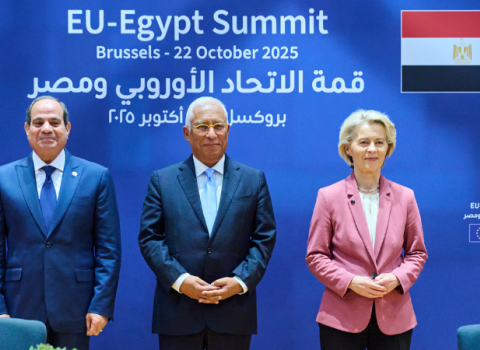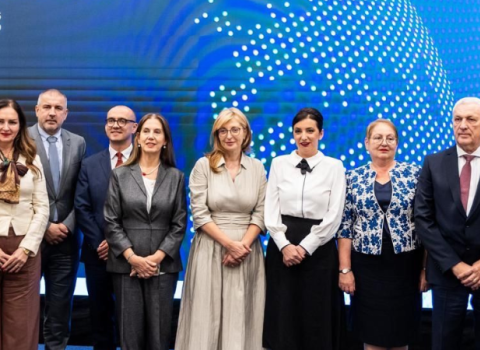Dangerous radioactive material is used in hospitals, research laboratories, and nuclear power plants. Since its use implies radiological risks, strict monitoring is required to prevent undue exposure, contamination and accidents. Almost all is done by hand, is expensive to conduct, and prone to human error.
CERN researchers Marco Silari, Fabrizio Murtas and Alessandro Curioni have developed an Internet solution that would cut costs and reduce the chances of an accident. The three propose setting up cheap silicon radiation detectors around locations where radioactive material is handled. They would connect these individual detectors via the Internet, allowing them to communicate and automatically track radiation levels.
“Silicon detectors are simple, are easy to integrate, can be programmed to act intelligently, consume little power, transmit information quickly, can monitor hard-to-reach places, are highly standardised, and can process data on the fly,” the three researchers say. A network of such sensors could monitor and track radiation cheaper, faster, and safer than humans can by hand.
Japan’s Fukushima nuclear disaster represents a perfect case study of how this Internet of sensors could help prevent life-threatening radiation exposure. Since the 2011 earthquake, large teams of humans carry out constant monitoring of radiation levels over large swaths of land and water around the plant. The operation is unwieldy, costly, and will have to go on for a long time. Silari, Murtas and Curioni believe their system would solve the radiation detection and exposure prevention problem.
Before joining CERN, Silari worked as a researcher at the Italian National Research Council, and Murtas is a researcher, director of database services, and senior physicist at Italy’s Istituto Nazionale di Fisica Nucleare. Curioni previously worked at ETH Zurich. The three say they feel somewhat out of place thinking of business applications for their work; they have spent their careers inside labs. Even so, Murtas notes that CERN has had a history of producing innovations that prove incredibly profitable to those who figure out how to monetise them.
“ATTRACT offers us an opportunity to find money and expertise by bringing industry and scientists together,” Murtas says, while attending a recent ATTRACT symposium at the Barcelona ESADE Business School. “Scientists can learn from business experience.” Silari says that they already have “met some potential investors”—the first step in seeing their ideas materialise.





 A unique international forum for public research organisations and companies to connect their external engagement with strategic interests around their R&D system.
A unique international forum for public research organisations and companies to connect their external engagement with strategic interests around their R&D system.